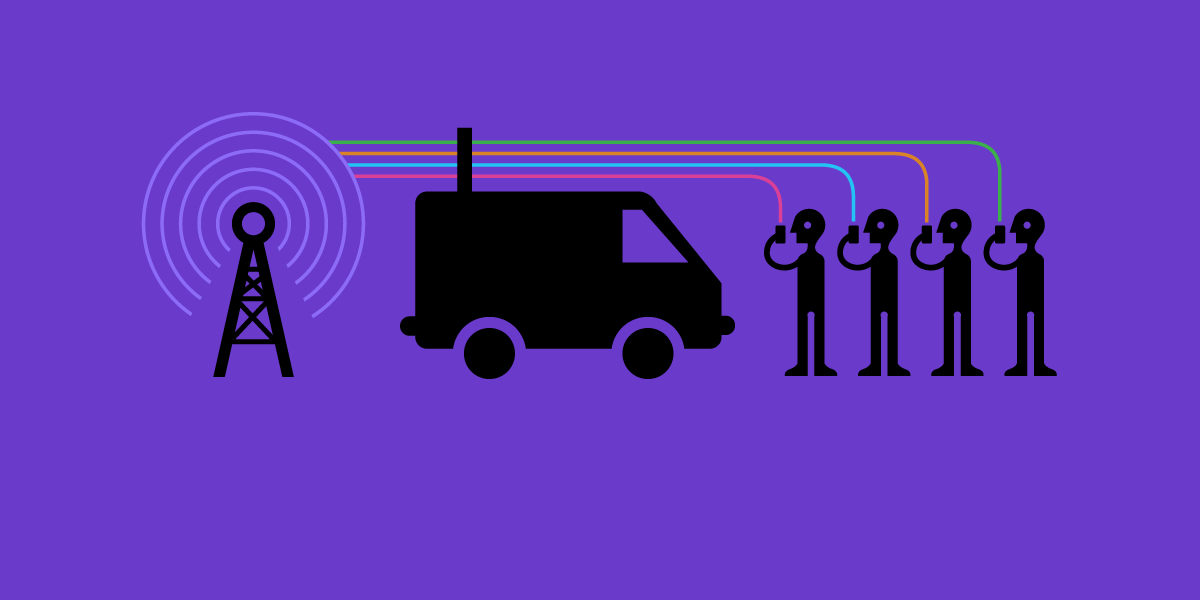Cell-Site Simulators/IMSI Catchers
Cell-site simulators, also known as Stingrays or IMSI catchers, are devices that masquerade as legitimate cell-phone towers, tricking phones within a certain radius into connecting to the device rather than a tower.
Cell-site simulators operate by conducting a general search of all cell phones within the device’s radius, in violation of basic constitutional protections. Law enforcement use cell-site simulators to pinpoint the location of phones with greater accuracy than phone companies. Cell-site simulators can also log IMSI numbers (unique identifying numbers) of all of the mobile devices within a given area. Some cell-site simulators may have advanced features allowing law enforcement to intercept communications or even alter the content of communications.



Some more articles if you would like to read more about the cell-site simulators:
https: / / theintercept(dot)com/surveillance-catalogue/stingray-iii/
Onion Link for The Intercept: https: / / 27m3p2uv7igmj6kvd4ql3cct5h3sdwrsajovkkndeufumzyfhlfev4qd(dot)onion /surveillance-catalogue/stingray-iii/
(Wikiless - an alternative front-end for wikipedia):
https : / / wikiless(dot)org/wiki/Stingray_phone_tracker
There are Google Analytics trackers on The Intercept website, so here is an excerpt:
Source: https: / / theintercept(dot)com/surveillance-catalogue/stingray-iii/
“Ensnares bystanders, drains batteries, blocks calls”
Review by Nathan Wessler
Staff Attorney with the American Civil Liberties Union’s Speech, Privacy, and Technology Project
This dragnet surveillance workhorse has been deployed for years by numerous local law enforcement agencies across the United States. Don’t worry about the six-figure price tag: A federal grant will cover that. Upside: fierce name. Downsides: ensnares bystanders’ phones within up to 200 meters, drains phones’ batteries by forcing them to broadcast at full power for greater surveillance potential, and can block calls placed by nearby phones. But don’t worry too much: Ready-made non-disclosure agreements from the FBI and Harris Corp. will provide a pretext for concealing these features from the public. If you like the Stingray, you’ll love Harris Corp.’s next-generation Hailstorm, a must-have for cracking the 4G LTE network.
Stingray I/II
Ground Based Geo-Location (Vehicular)
Capabilities
Limitations and Planning Factors
Vendor
Harris Corporation Melbourne, Florida-based Harris Corp. makes the most well-known cell-site simulator technology, the Stingray, used in cellphone surveillance by military intelligence and law enforcement. The company’s May 2015 acquisition of Virginia-based Exelis moved it toward domestic government business, according to industry experts. — Margot Williams, The Intercept
Protocols
900Mhz, 1800Mhz, 850Mhz and 1900Mhz and CDMA (multi-protocol and requires antenna)
Approval
Title 10
Cost: $134,952.00 USD